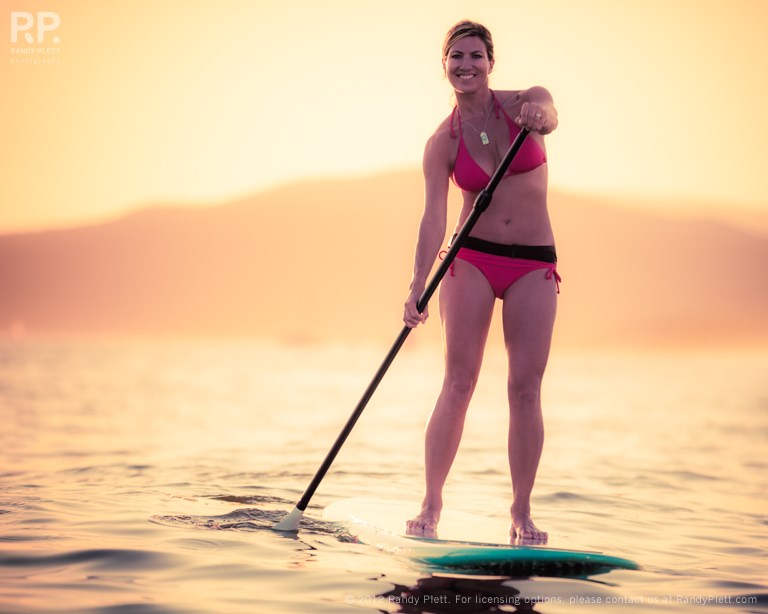Hallelujah! It’s finally SUP season. If you have not yet been introduced to the ultra popular and accessible sport of Stand Up Paddleboarding, make this the summer to SUP.
Beginners should always aim to start on a calm waterway. Stay close to shore while building your skills before taking on more of a challenge. The beauty of SUP as a sport is that it caters to the general population because it is easy to learn once you know the basics. Anyone looking for a fun, family-friendly sport can expect a real core and cardio workout. Water also has the incredible power of calming the mind and soothing the soul.
Choose a location you want to explore on your SUP adventure and then find a rental outfitter that offers lessons. SUP is growing so fast that every water sport outfitting company will carry all the gear you need. Board shorts, a bathing suit, anything quick-dry are all ideal clothing options in the heat of the summer, but play it safe in cooler seasons and spring with a wet suit. Ocean water is much colder than fresh water, so wear layers.
SUP boards are wide and flat, so it’s easy to pack a few extras on your board like sun protection, snacks, and water.
A personal floatation device (PFD) or life jacket is required by Canadian Coast Guards as SUP is categorized as a vessel. Even strong swimmers and paddlers should wear a PFD as stand-up paddleboarders share waterways with larger vessels and motorized boats.
Ready, set, SUP!
Here are a few basics. Keep your feet shoulder-width apart with a slight bend in your knees. Standing upright, look into the horizon not down at your feet, and lean forward ever-so-slightly for proper position and balance your body on the board. Find your sweet spot then use your hips to adjust your stance and shift your weight.
You will frequently need to shift your paddling hand from left to right, in order to navigate your board in the direction you want to travel. Reach out and away from the board and pull the water with the flat side of the paddle towards you and the angled side away. Draw the water towards you in a natural flow without overpowering the stroke to paddle forward in a straight line. Lean into the rail on the side you are paddling on. The more punch you pack in your stroke, the more your board will want to turn.
There are a few strokes that are universal in the paddling world. The sidestroke is when you over paddle on the opposite side you wish to turn. Back paddling is literally reversing your stroke and prying the water in the opposite direction. The pivot turn is a little trickier but essential for surf and racing. Pop the nose out of the water by sliding your back foot over the fin while keeping your weight slightly forward. Sweep your paddle away from the board to change directions quickly.
Wiping out or falling off your board is inevitable as a beginner and part of the learning process. You can cool off and go for a dip at a moment’s notice, just do it safely. Land feet first and stay close to your board without falling onto it.
There’s nothing quite as Zen as being on the water. SUP is so easy to learn and such a great sport to enjoy with friends and family. The SUP guarantee: you’ll be hooked!



